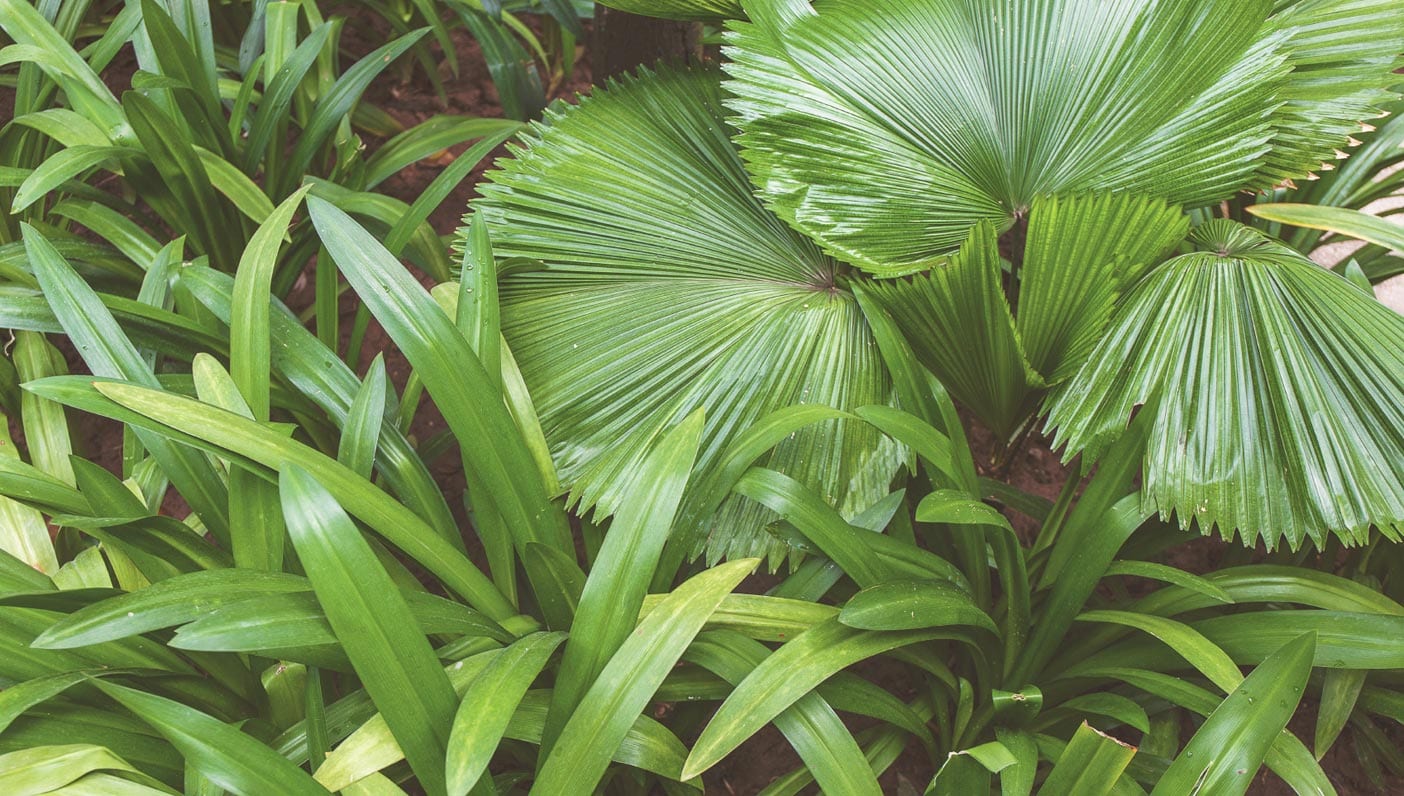
It might seem a little too “sci-fi” to be true, but the research is in. Plants know when they’re being eaten, and they don’t like it.
There has been some investigation into the intelligent life of plants for a while, but this research brings things to a whole new level. According to a new study from the University of Missouri, plants are able to sense when they are being eaten and utilize defense mechanisms in an attempt to prevent it from happening. Plants recognize the sound of herbivores feeding on their leaves, and then use their tissues to send our vibrations.
AGWeb.com reports:
At the forefront of sound and vibration research in plants, Rex Cocroft and Heidi Appel of the University of Missouri (MU), have peeled back a significant layer on the mysteries surrounding exactly how plants “hear” signals from their environment and what they are listening for. In what might turn out to be a major building block for further discovery, Cocroft and Appel’s collaboration shows plants detect chewing sounds made by insects and can respond with defensive measures. Essentially, acoustic information allows plants to detect her-bivore attacks and counter by releasing chemicals.
Cocroft, who teaches biological sciences at MU, recorded the sound of caterpillars using a special microphone with laser technology. These microphones use light to determine the speed of the plant’s surface moving back and forth. When the caterpillars fed on the leaves, the vibrations were much stronger than when they simply moved around on the leaf.
In response to the caterpillars feasting on its leaves, the thale cress began producing mildly-toxic mustard oils and sending them out through its leaves in an effort to ward of predators. When other vibrations from movement were present, no oils were produced. So essentially, the plants were able to understand when they were being eaten, and were trying to stop it.
The plants used in this particular study was Arabidopsis, specifically the thale cress. Though it’s related to broccoli, cabbage, mustard greens, and kale, it’s far more popular to use for research than consumption. Modern Farmer states its popularity is due to the fact that it was the first plant to have its genome sequenced, so “scientists understand its inner workings better than almost any other plant.”
Modern Farmer also states that there is still research to be done. From the website:
Nobody’s quite sure by what mechanism the plant can actually feel or hear these vibrations, and with so many plants out there, we’re not sure what kind of variation on this behavior there is. But it’s really promising research; there’s even talk of using sound waves to encourage crops to, say, grow faster, or send out specific defenses against attacks.
The next step might include determining how perception and detection actually works inside of the plants. Cocroft and other researchers believe that this research will be able to extend into other realms of agriculture, teaching us more about the intelligent prowess of Mother Nature.
—

Amanda Kohr is a 25-year-old writer and photographer with a penchant for yoga, food, and travel. She prefers to bathe in the moonlight rather than the sun, and enjoys living in a state of the three C’s: cozy, creative, and curious. When she’s not writing, you can find her driving her VW Bug, looking for the next roadside attraction or family diner. She also roams the internet at amandakohr.com and through Instagram.